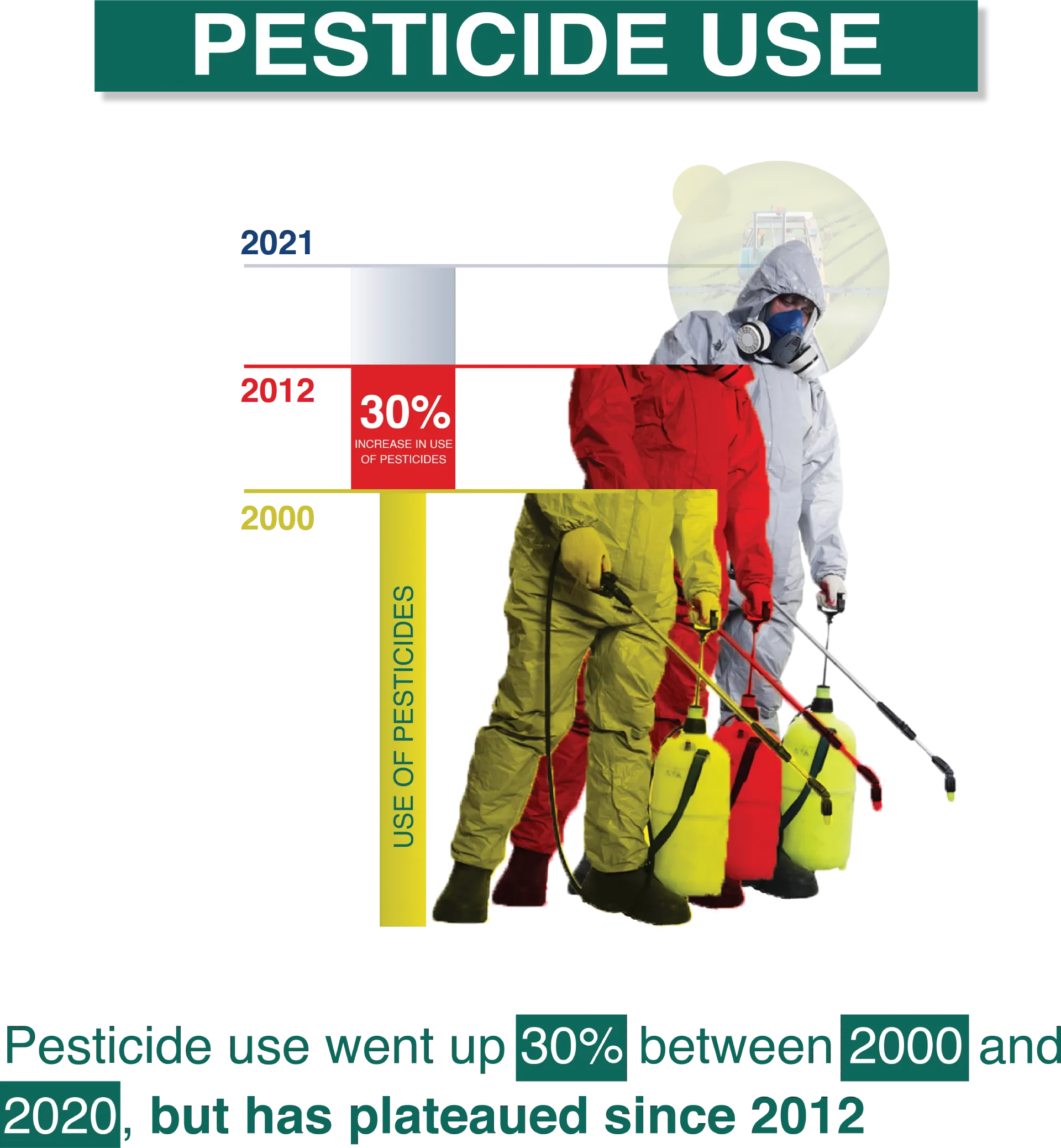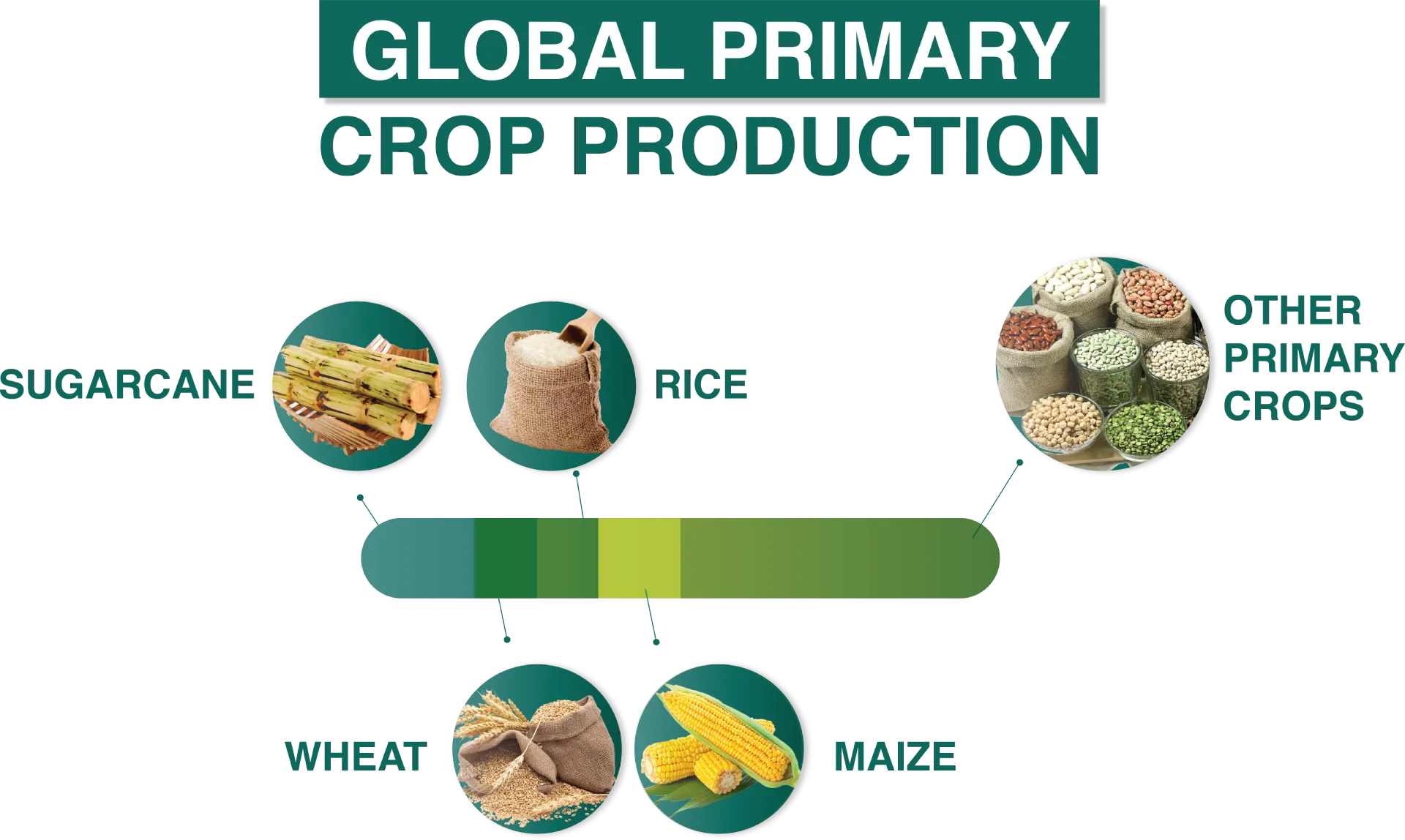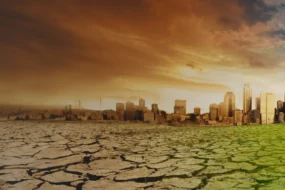- Home
- Agriculture
- The World of Food and Agricult ...
The World of Food and Agriculture: A Statistical Analysis
28-Mar-2023
The value added from agriculture, forestry, and fishing grew by 78% between 2000 and 2020, reaching USD 3.6 trillion in 2020. This was an increase of USD 1.6 trillion compared to 2000. Africa’s value added more than doubled, increasing from USD 167 billion to USD 413 billion. Asia was the largest contributor with 64% of the global total, increasing from USD 1.2 trillion to USD 2.3 trillion. The Americas had a 56% increase while Europe and Oceania had smaller increases of 19% and 18%, respectively.
In 2020, due to the COVID-19 pandemic, the agriculture industry’s value increased worldwide, except in Europe, while other industries declined. China, India, and the USA had the highest value added in agriculture. Before the pandemic, the contribution of agriculture to the global GDP was declining, which is normal when the total GDP grows. However, in 2020, the value added of agriculture increased while other industries decreased, resulting in a higher share of agriculture in the total GDP.


The number of people working in agriculture, forestry and fishing decreased by 17% between 2000 and 2021, reaching 866 million in 2021.
Despite the decline in the share of employment in agriculture globally, it remains the second-largest source of employment worldwide after the services sector.
The decline in the share of agricultural employment is linked to rising income levels. However, the pandemic caused an increase in the share of agricultural employment in all regions except Europe in 2020, followed by a decline in 2021.
Women represent over 50% of agricultural workers in 20 countries, mostly in Africa. Women and men in agriculture have different employment statuses, with women more likely to be unpaid contributing family workers and men more likely to be workers generating an income.

Global pesticides use increased during the period 2000–2020 by 30%, to 2.7 million tonnes in 2020. Nearly all the increase took place between 2000 and 2012. The Americas were the largest contributors, followed by Asia, Europe, Africa, and Oceania. The Americas’ share of pesticide use increased from 44% to 51%, while Asia and Europe’s shares decreased by 4-5 percentage points to 25% and 18%, respectively. Although Africa and Oceania applied small amounts of pesticides, Oceania had the highest growth in pesticide use (+86%).

World production of primary crops increased by 52% between 2000 and 2020, to 9.3 billion tonnes. This represents 3.2 billion tonnes more than in 2000. Cereals were the main group of crops produced in 2020, accounting for slightly less than one-third of the total. Sugar crops made up 23%, while vegetables and oil crops each accounted for 12%. Fruit, roots, and tubers each contributed 9-10% to the total production.
The increase in production is mostly due to a combination of factors, including increased use of irrigation, pesticides, and fertilizers, as well as a larger cultivated area. Better farming practices and the use of high-yield crops also played a role.

Four crops were responsible for 50% of the world’s primary crop production in 2020, which are sugarcane, maize, wheat, and rice. Sugarcane alone accounted for 20% of the total production, followed by maize at 12%, and wheat and rice at 8% each. Oil palm fruit and potatoes made up an additional 4% each of global crop production.






